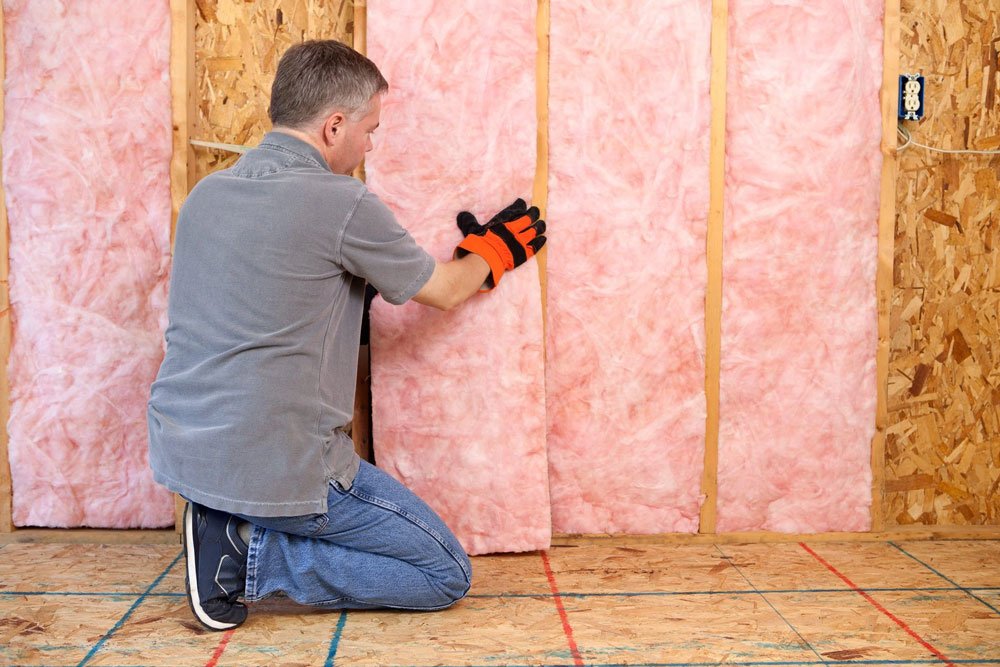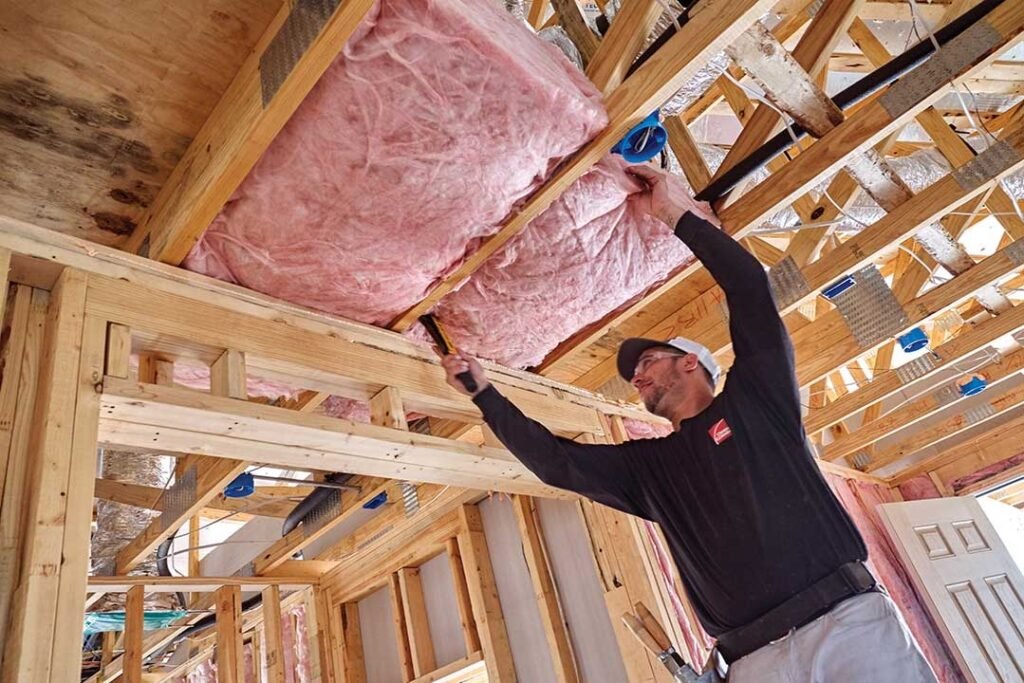Ever wonder why some homes stay cozy in winter and refreshingly cool in summer without skyrocketing energy bills? The answer often lies hidden behind the walls, under the floors, and above the ceiling: insulation. It may not be the flashiest part of your home, but when done right, insulation works silently year-round to maintain comfort, reduce energy use, and even protect your home from moisture and noise.
Whether you’re building new, renovating, or just tired of drafts and high utility bills, understanding the basics of insulation can empower you to make smart, energy-efficient choices. Here’s your go-to guide for how insulation works, why it matters, and how to make sure your home is properly insulated.

What Does Insulation Actually Do?
Insulation acts as a barrier to heat flow. In winter, it keeps warm air inside. In summer, it keeps heat out. By slowing down the movement of heat, insulation helps regulate indoor temperatures, reduce strain on HVAC systems, and maintain a consistent, comfortable environment.
But that’s not all. Good insulation also:
- Lowers Energy Bills: Less heat loss or gain means less work for your heating and cooling systems.
- Reduces Noise: Insulation dampens sound, making your home quieter.
- Prevents Moisture Problems: Helps control condensation, which can lead to mold.
- Increases Home Value: Energy-efficient homes are more attractive to buyers.
Types of Insulation: What Are Your Options?
There are several types of insulation, each with unique benefits and best uses.
1. Fiberglass Batt Insulation
- Most Common: Affordable and easy to install.
- Best For: Walls, attics, floors.
- Pros: Widely available, fire-resistant.
- Cons: Requires precise installation to avoid gaps.
2. Spray Foam Insulation
- Expands to Fill Gaps: Excellent air sealant.
- Best For: Hard-to-reach areas, around pipes, attic roofs.
- Pros: High R-value (thermal resistance), moisture barrier.
- Cons: More expensive, professional installation required.
3. Blown-In Insulation (Cellulose or Fiberglass)
- Blown into Cavities: Great for retrofits.
- Best For: Attics, wall cavities.
- Pros: Fills irregular spaces, quick installation.
- Cons: Can settle over time.
4. Rigid Foam Board
- Solid Panels: High insulation value per inch.
- Best For: Exterior walls, basements, foundations.
- Pros: Durable, moisture-resistant.
- Cons: Needs to be cut precisely, can be costly.

Understanding R-Value: What Does It Mean?
R-value measures insulation’s resistance to heat flow. The higher the R-value, the better the insulation’s performance. Required R-values vary based on climate and part of the house:
- Attics: R-30 to R-60
- Walls: R-13 to R-21
- Floors: R-19 to R-30
Choosing the right R-value ensures maximum energy efficiency and comfort.
Signs Your Home Needs More Insulation
- Rooms that are too hot or cold.
- Drafts near windows, doors, or walls.
- High energy bills without increased usage.
- Ice dams on the roof in winter.
- Cold floors or walls.
If you notice any of these, it might be time for an insulation upgrade.
Where to Insulate for Maximum Impact
- Attic: The top priority—most heat escapes here.
- Walls: Keeps the entire home comfortable.
- Floors Over Unheated Spaces: Prevents cold floors.
- Basements/Crawl Spaces: Reduces moisture and heat loss.
- Ductwork: Keeps air at the right temperature as it travels.
Proper insulation throughout the home ensures year-round comfort and savings.
DIY vs. Professional Installation
- DIY-Friendly: Fiberglass batts, some blown-in applications.
- Pro-Recommended: Spray foam, large projects, or if unsure of needs.
Professionals can assess insulation levels with thermal imaging and suggest tailored solutions for your home.
The Investment That Pays Off
While insulation requires upfront cost, it delivers ongoing savings. Many homeowners recoup the cost within a few years through lower utility bills. Plus, tax incentives and rebates may be available for energy-efficient upgrades.
Final Thoughts: Comfort Starts Behind the Walls
Insulation may not be visible, but its impact is felt in every season, every room, and every energy bill. Investing in proper insulation isn’t just about warmth in winter or coolness in summer—it’s about comfort, efficiency, and smart homeownership.
So if you’re tired of drafts, fluctuating temperatures, or rising energy costs, now’s the time to take a closer look at your insulation. Because when your home is properly insulated, you don’t just feel the difference—you live it.






